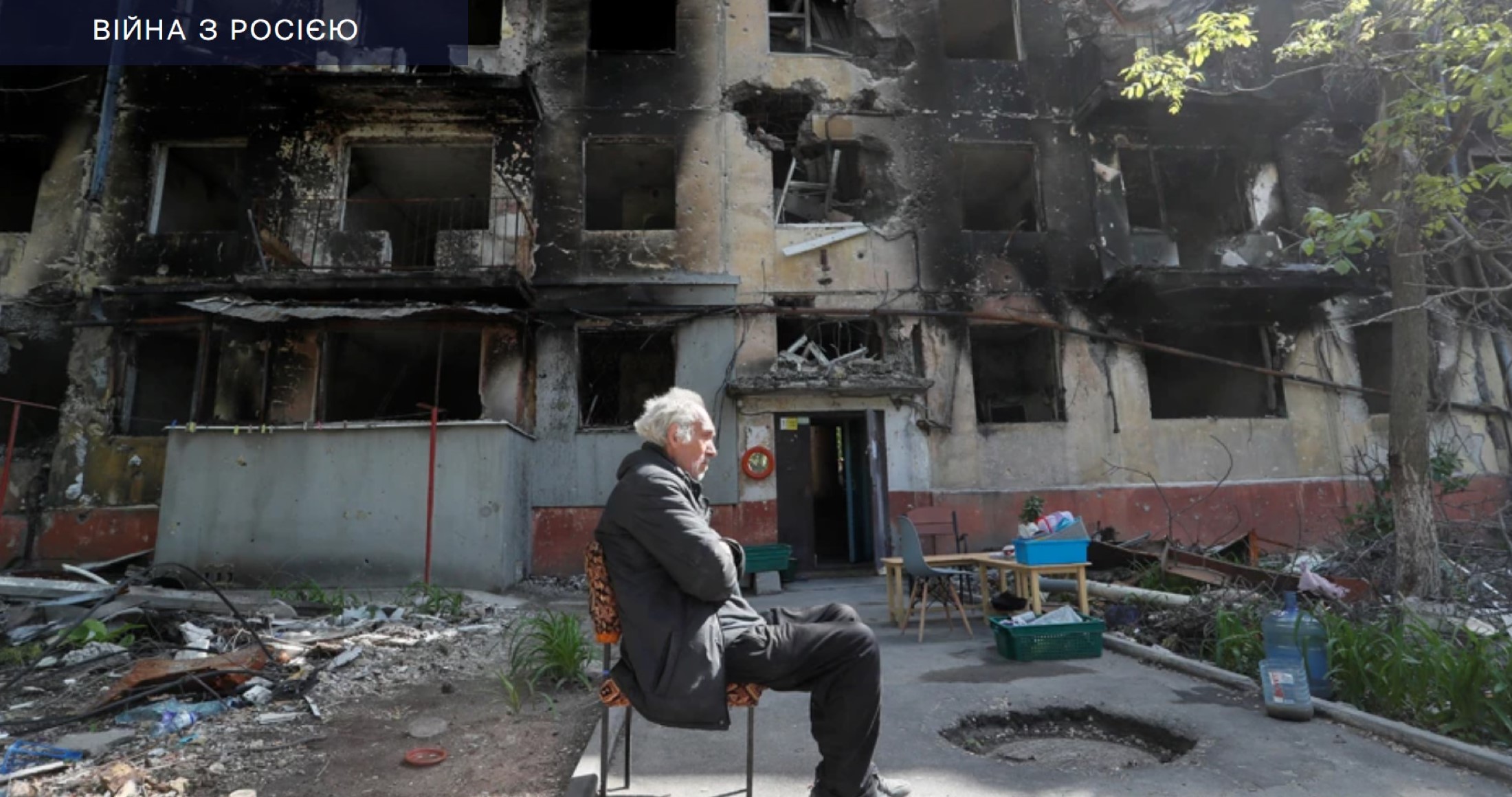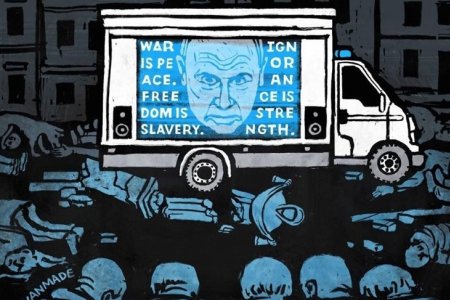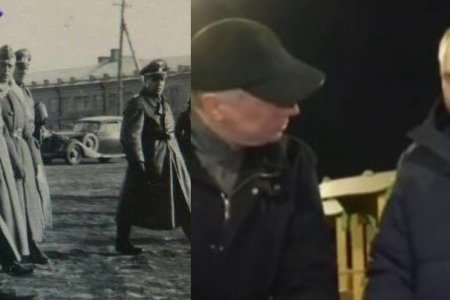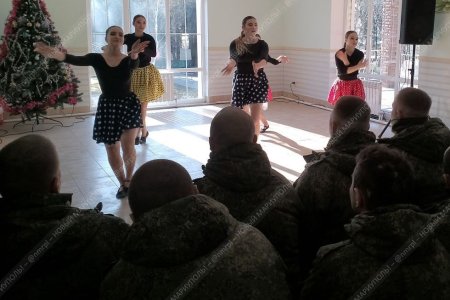
Even supporters of Russia’s aggression against Ukraine seem appalled by the new ‘Russian world’ reality that the aggressor state has brought to Mariupol. The city, devastated by Russian bombing, is now teeming with Russian migrants, many of whom are bringing their entire families. Moscow was unable to seize and retain any Ukrainian city it didn’t first relentlessly destroy, and it now appears to be trying to turn Mariupol into a ‘Russian city’ by bringing in its own people and turning the native population into a small minority. Such deliberate dilution of the population, journalist Denys Kazansky believes, bears all the hallmarks of genocide – an international crime which demands adequate international response. It is unequivocally in violation of the Fourth Geneva Convention, Article 49 of which prohibits both the deportation of local residents and the transfer of parts of an occupying state’s own civilian population to occupied territory.
The warnings about what Russia is doing in Mariupol and other occupied parts of Ukraine have been heard before, but it is surely telling when they are expressed by such active supporters of Russia’s aggression against Ukraine, as Russian actor Mikhail Mavashi and the notorious pro-Kremlin Ukrainian politician and businessman Oleh Tsaryov. In the latter’s words, Mariupol is full of “an army of migrants”, with all hostels being used for them, rather than to provide at least some kind of accommodation for those whose apartments were destroyed by Russian bombs and shelling. Tsaryov points out the absurdity of it. Yes, construction work is underway, but all the firms [which are, of course, Russian] take on migrant labour and won’t employ Ukrainians. Kazansky says that the occupation regime tries to justify this, claiming that local people “don’t want the work”. This is clearly absurd. Mariupol was a thriving city until the Russian invasion. According to Mykola Osychenko, head of Mariupol TV (now working from exile), the city’s population on the eve of Russia’s full-scale invasion was around 600 thousand. This is larger than the figures often cited, and Osychenko explains that a lot of those forced from their homes in Russian-occupied parts of the Donetsk oblast (the so-called ‘Donetsk people’s republic’) were doing well and had no particular need to register as displaced persons, etc. There are varying estimates as to how many Ukrainians living in Mariupol were killed during Russia’s siege and bombing, and how many remained in the city. It is now clear, however, that those who remained have been left with nothing and no other means of employment (with the factories which provided work to a significant percentage of the population standing idle).
In an interview to Current Time, Osychenko, who is in contact with residents remaining in Mariupol, confirmed the influx of migrants. He pointed out that, back in March 2023, during Russian leader Vladimir Putin’s carefully staged ‘visit’ by night to the city., Marat Khusmullin, Russian deputy prime minister also spoke about how there were “suddenly” lots of people in Mariupol Khusmullin also admitted that they had earlier claimed more residents than was the case, with this almost certainly to try to conceal the real number of people killed in a city that Russia held under siege for months. Now the city’s population has increased, but due to the workers that Russia is bringing in and, often, their families.
With respect to jobs, Osypenko says that Mariupol residents do get some, but very few. Russian contractors feel better with migrant workers. They don’t trust Mariupol residents, he adds, and notes that Moscow took great offence against Mariupol because the latter certainly did not welcome them. Quite the contrary, in fact, with fierce resistance shown, so they don’t like or trust them. That was the reason for the so-called ‘filtration’ measures that the Russian invaders carried out, and now the reason why Ukrainians are treated like (at best) second class citizens.
Osychenko points to another disturbing aspect of the construction work that Russia is carrying out. Many of the new apartment blocks are being built on the outskirts, at the entrances to the city, with this a means of using them as live shields once Ukraine’s counter-offensive reaches Mariupol. The Russians are also building apartment blocks in the centre of the city, but these are openly for sale via mortgages, and clearly not for local residents.
In late June 2023, the independent Russian Bumaga published an article about those in Russia hoping to buy such property “by the sea”, either as an investment or to move there. Some of these ‘sales’ will be for apartments that suffering Russia’s bombing. It is, however, entirely unclear whether these are apartments that have simply been appropriated or seized by the invaders, or whether there was a private seller. Even in the latter case, it is likely that the person would have sold out of desperation, with no other way to physically survive.
All such 'sakes' should be declared legally meaninfless and void after de-occupation. They are also taking place while Ukrainians living in their own city are forced either to remain in half-ruined apartment blocks, or seek refuge in other people’s blocks, with several families living in one living space. This, Osychenko says, is a return to the USSR when people lived for what life would supposedly be like in 10 to 20 years.
This is what Russia calls ‘liberation’.



